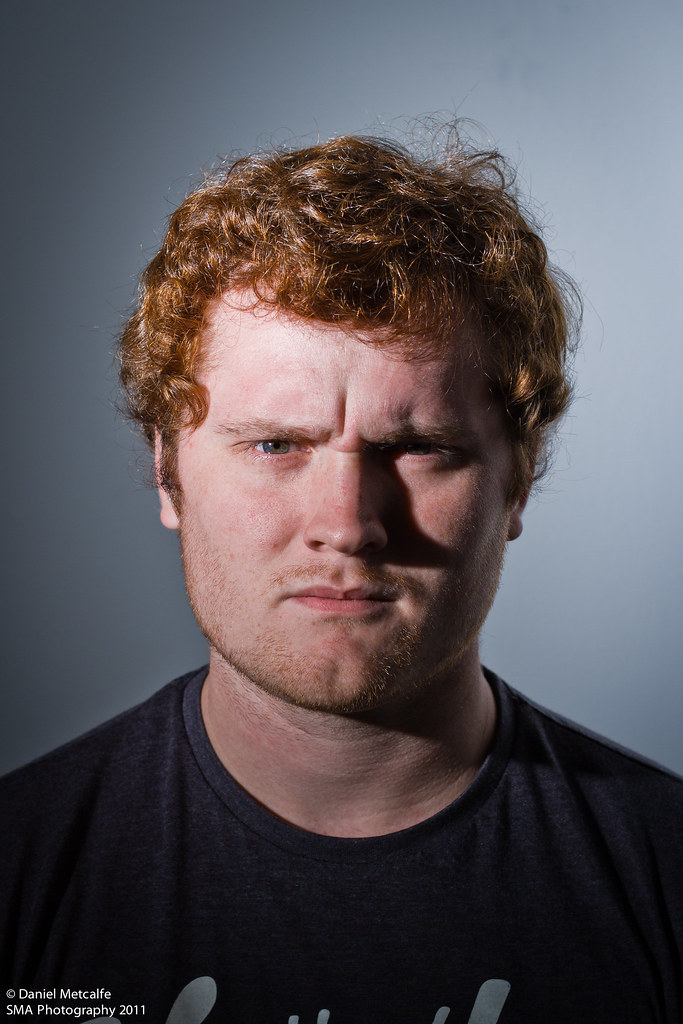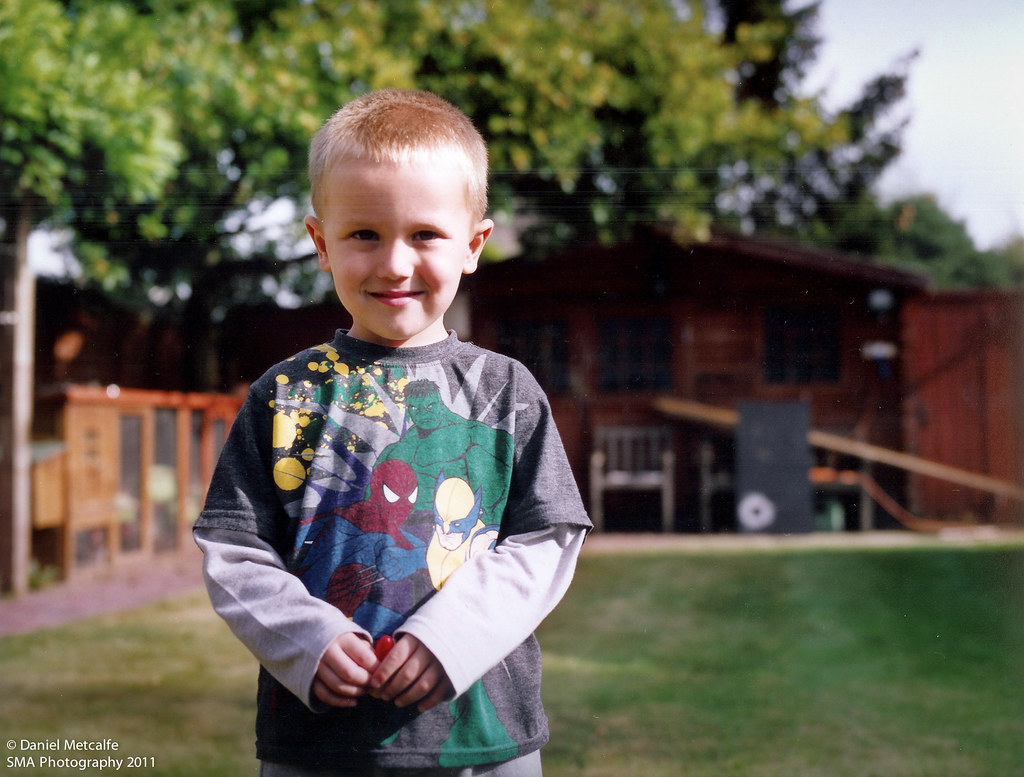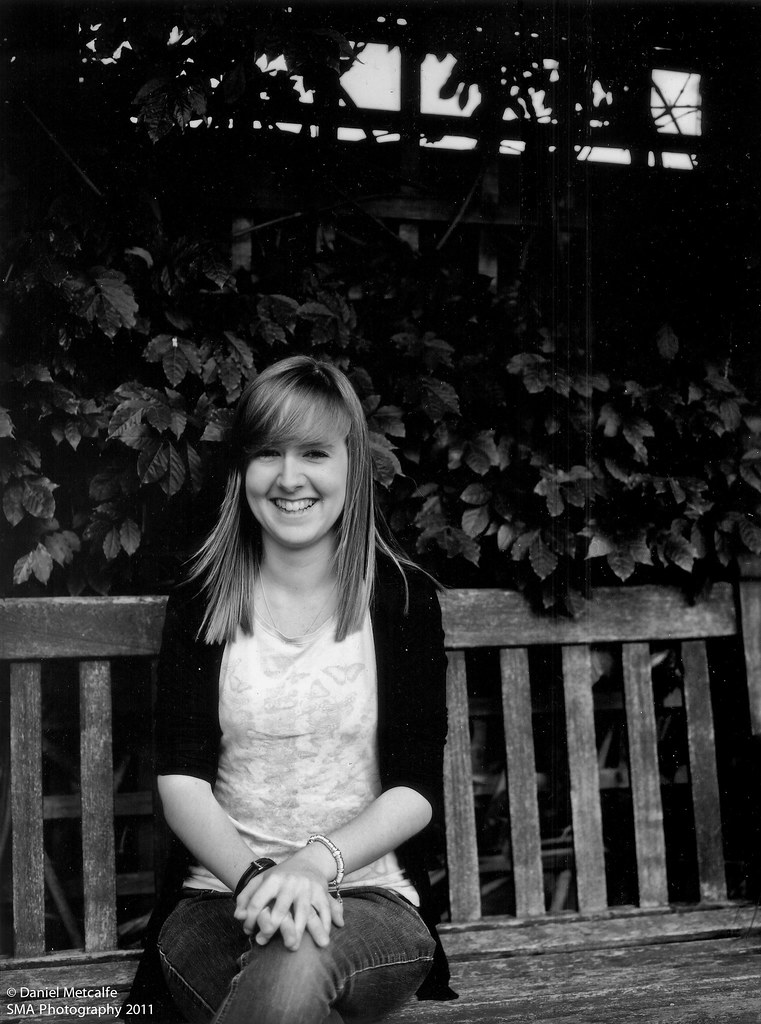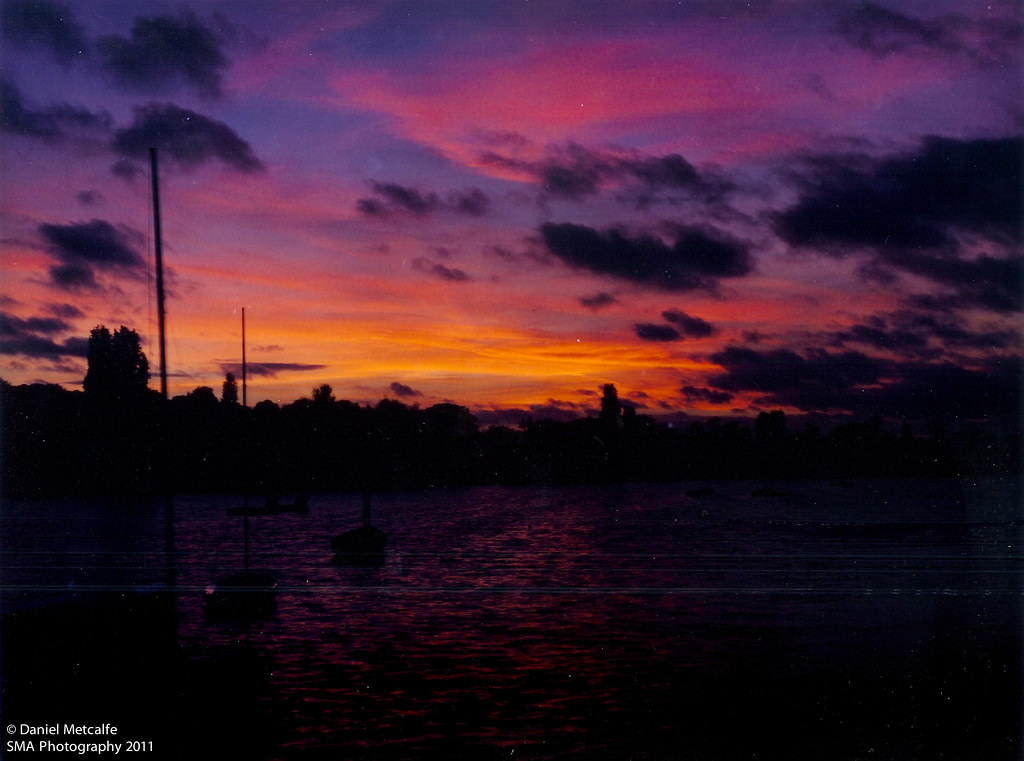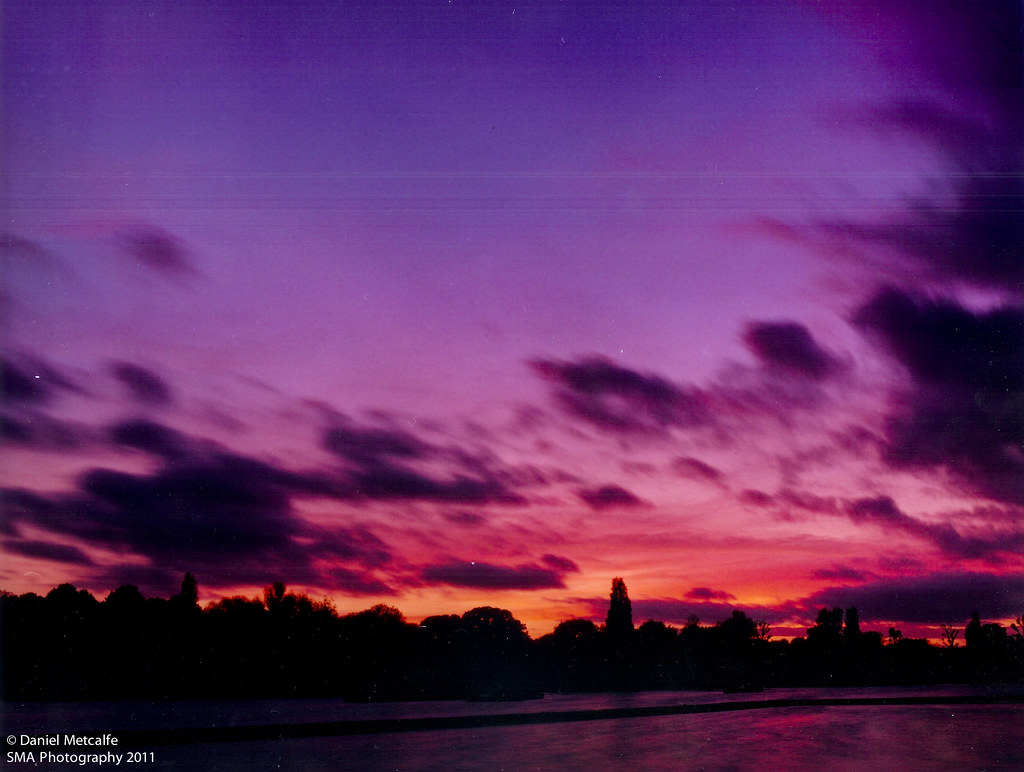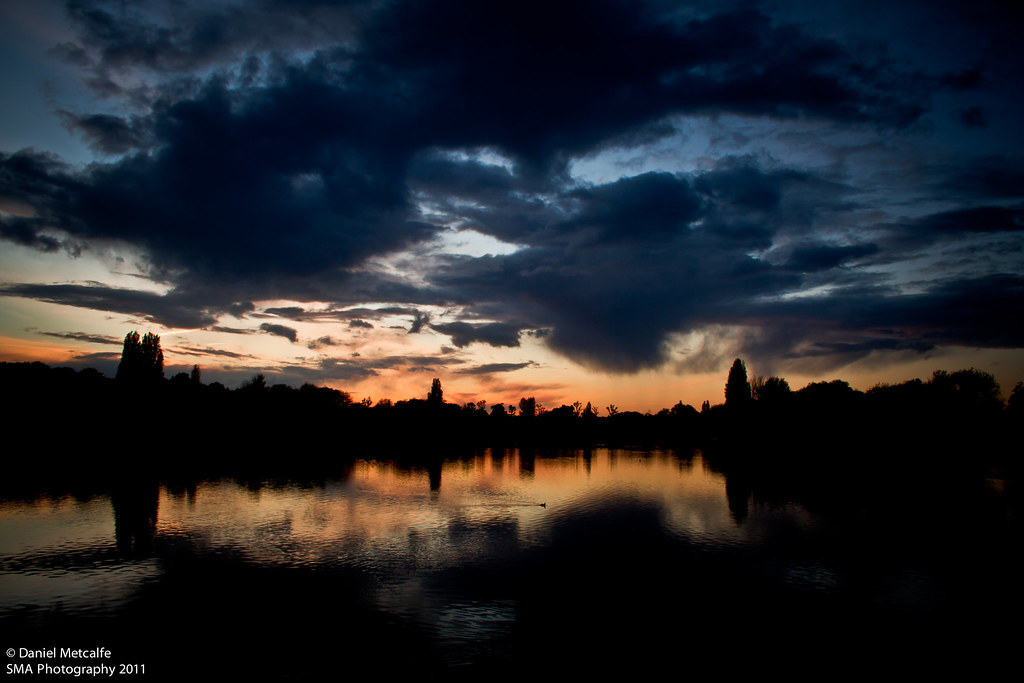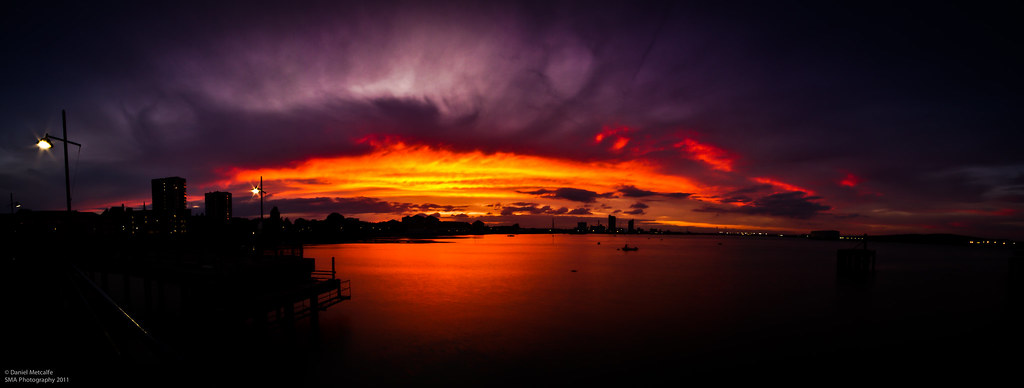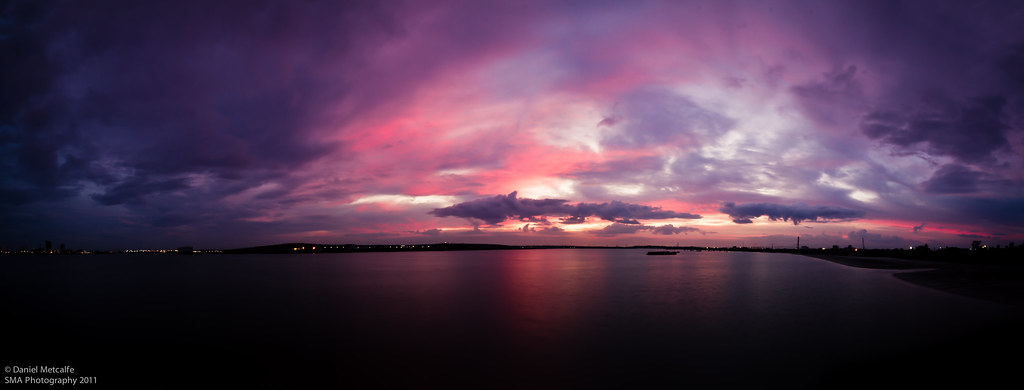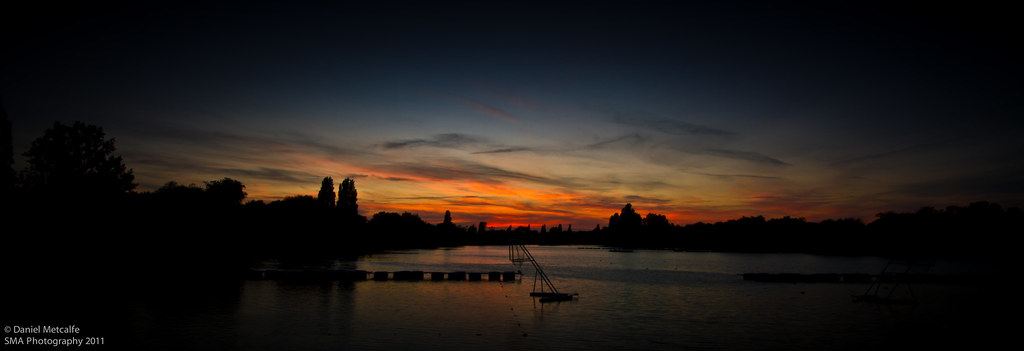Major hate for my scanner at this moment in time, it's currently casting a weird glow on everything I scan and I have no idea how to stop it. :S
Anyhoo, here be some contact sheets from when I went out and about with a Mamiya RZ to shoot sunsets at golden hour, I decided to keep the location the same so I was able to show the difference in colour and shapes found in the sky depending on day, time and weather. I shot the contents of these two rolls of film over a period of 4 different days ad was rather disappointed with the results if i'm completely honest.
However, this is because i'm used to shooting with RAW digital files on my 7D, and the ability to manipulate them to get the best shot is too easy to pass up, with film you are a lot more limited to altering the colour cast and brightness of the prints during post-production.
Despite this, I think that I was able to come out of this attempt with a few decent photographs that I can print bigger in order to examine them a little better. I do hope to, weather permitting, go out again and re-shoot a few more times so I can get some much better images, as I think the majority of these are a little dark. That's partly due to the fact that I didn't have access to a light-meter at the time of borrowing the equipment, to solve this problem, I took along my DSLR and used that to meter from the sky in "spot metering mode". This cheeky bit of resourcefulness managed to provide me with a fairly accurate way of metering, without actually possessing the film photographer's most important bit of kit.
These are two shots below that I have printed larger in order to assess the quality of the photographs, I think they are well exposed, if slightly dark in terms of foreground. Perhaps if I had metered for the mid-tones instead of the highlights in the sky, then I would have exposed much more evenly across the photograph, instead of just having a foreground silhouette.
Also, for comparison, here is a digital photograph that I took with my 7D whilst I was out there:
Obviously I prefer using digital, and I have a lot more experience with it, but it kind of defeats the point of learning, because it makes creating good photos too easy in a way, using film is more of a challenge, which will allow me to become a better photographer, I hope...


